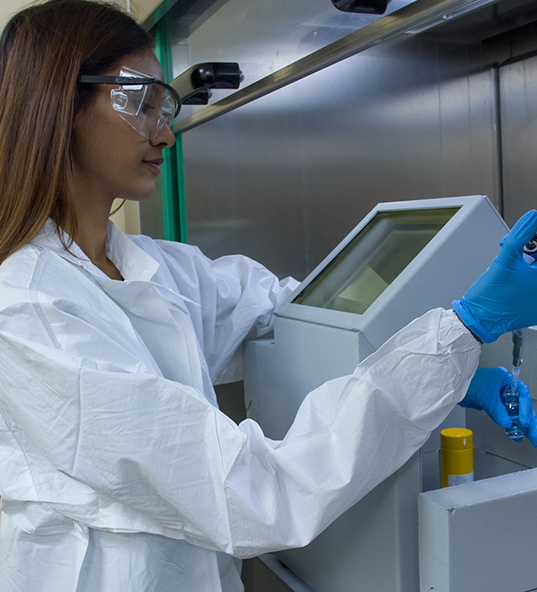PET/CT Scan

What is a PET/CT Scan?
There are two modalities to a PET/CT examination, both performed simultaneously on the same scanner; a PET (Positron Emission Tomography) scan and a CT (Computed Tomography) scan. The PET scan shows areas with increased metabolic activity, while the CT scan shows detailed anatomy.
The combined PET/CT scans provide images that pinpoint the anatomic location of abnormal metabolic activity within the body. The combined scans have been shown to provide more accurate diagnoses than the two scans performed separately.
The PET/CT is a diagniostic
scan used in:
- Oncology
- Neurology
- Cardiology
- Planning your Surgery
Frequently Asked Questions
What is a PET/CT Scan?
There are two modalities to a PET/CT examination, both performed simultaneously on the same scanner; a PET (Positron Emission Tomography) scan and a CT (Computed Tomography) scan. The PET scan shows areas with increased metabolic activity, while the CT scan shows detailed anatomy. The combined PET/CT scans provide images that pinpoint the anatomic location of abnormal metabolic activity within the body. The combined scans have been shown to provide more accurate diagnoses than the two scans performed separately.
The PET/CT is a diagnostic scan used in
- Oncology.
- Neurology.
- Cardiology.
- Planning your Surgery.
What is PET/CT used for?
-
Detection of Cancer,
-
Determine whether Cancer has spread in your body,
-
Evaluate the effectiveness of your treatment plan, such as Cancer therapy,
-
Determine if Cancer has returned after treatment,
-
Determine Blood Flow to the Heart muscle,
-
Determine the effects of a Heart attack, or Myocardial Infarction, on areas of the Heart,
-
identify areas of the Heart muscle that would benefit from a procedure such as Angioplasty or Coronary Artery Bypass surgery (in combination with a Myocardial Perfusion scan),
-
evaluate Brain abnormalities, such as tumors, memory disorders, seizures and other central nervous system disorders,
-
map the normal human brain and heart function.
What are the benefits of a PET/CT Scan?
-
Nuclear Medicine scans reports offer information that is distinctive and unique—including details on both function and structure—and most often impossible using any other imaging procedures.
-
For many diseases, Nuclear Medicine scans yield the most relevant information needed to make an accurate diagnosis or to determine appropriate treatment, if any is required.
-
Nuclear Medicine is less expensive than exploratory surgery and may yield more precise information.
-
By identifying changes in the body at the cellular level, PET/CT imaging may detect the early onset of Cancer before it is evident on other imaging scans such as CT or MRI.
-
The combined PET/CT scanner shows greater detail with increased accuracy; because both scans are performed at one time without the patient having to change positions, there is less room for inaccuracy.
-
Greater convenience for the patient who undergoes two exams (CT & PET) at one sitting, rather than at two different times.
How should I prepare for this procedure?
PATIENT DIETARY INSTRUCTIONS
Avoid food and drinks that contain sugar or carbohydrates for at least 24 hours before
your scan. This will help to make sure that your images are of the best quality and
prevent having to reschedule your scan because of a blood sugar that is too high.
Here are examples of foods that should be avoided for 24 hours before your
PET/CT exam:
No dessert or fruit should be consumed with dinner either.
Here are examples of foods that are allowed for dinner or breakfast prior to your scan:
Your evening meal should consist of proteins with no starchy vegetables.
✓ Proteins and Vegetables
✓ Fish (Tuna or grilled fillets)
✓ Chicken (avoid breading or fried chicken)
✓ Pork (including bacon and ham), Beef, Turkey, Pork
✓ Eggs
✓ Cheese (low-fat cottage cheese, hard cheese)
✓ Beans – Green beans, broccoli, cabbage, cauliflower,
✓ Non-starchy vegetables (no potatoes or corn)
✓ Nuts (not honey roasted), Sunflower Seeds
What Should I expect?
1. A Technologist will answer all your questions and guide you through your procedure.
2. They will check your blood glucose levels.
3. An IV will be started in your arm to administer the metabolic tracer.
4. After the injection, you will need to rest quietly in a recliner for 30-90 minutes while the tracer circulates and is absorbed in your body.
5. You will then be asked to empty your bladder and have a final glass of water before beginning the scan.
6. You will be positioned on a table that passes through the scanner. The scan should last 20-45 minutes.
What happens after the procedure?
A report is compiled by one of our Local Radiologists within five (5) working days following your procedure.
At your request, a copy of your report will be emailed to your referring Doctor. The original can be collected at the Center with a copy of your images on CD.
The Discovery of IQ PET/CT Hybrid Scanner can assist in the:
Revolutionary advances in medical diagnostics have allowed us to detect cancer much earlier;
Innovative design shortens the time for our Whole-Body scans;
Can fit Bariatric Patients up to 400 lbs;
Intelligent design provides more comfort and less claustrophobia;
Comfortable and Less to patients;
Image Quality is Exceptional for Accurate Reporting.
